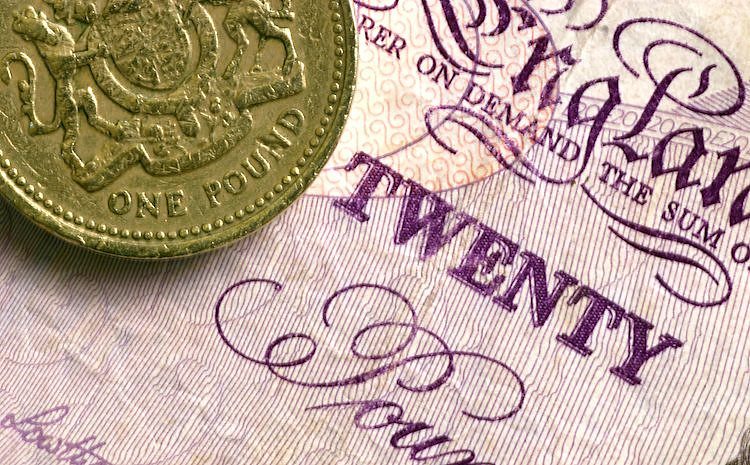The Pound Sterling (GBP) is trading near a three-month low as investors await US inflation data for October. Market expectations for a Fed interest rate cut have slightly diminished, and investors are looking for fresh guidance on interest rates from BoE Mann’s speech and upcoming Fed speakers.
In the European trading hours, the Pound Sterling remains on the backfoot after a sharp sell-off due to unfavorable UK labor market data. The higher unemployment rate has raised concerns about a potential rate cut by the Bank of England (BoE). However, not all components of the labor market data were negative as Average Earnings data came in higher than expected, suggesting some positive aspects for the Pound Sterling.
Technical analysis shows that the Pound Sterling remains below the 200-day EMA against the US Dollar, indicating a negative trend for the Cable. The bearish momentum has been supported by the RSI falling below 40.00, with the August low at 1.2665 serving as a significant support level for Pound Sterling bulls.
The Pound Sterling is the oldest currency globally and accounts for 12% of all FX transactions, totaling $630 billion a day. The BoE’s monetary policy decisions play a crucial role in determining the value of the Pound Sterling, focusing on achieving price stability through interest rate adjustments. Economic data releases, such as GDP, PMIs, and employment numbers, also impact the GBP value, with a strong economy generally strengthening the currency.
Another crucial data release for the Pound Sterling is the Trade Balance, measuring the difference between exports and imports. A positive net Trade Balance strengthens the currency, indicating demand for exports. Overall, various factors, including monetary policy decisions, economic indicators, and trade balance data, influence the value of the Pound Sterling in the global foreign exchange market.


























